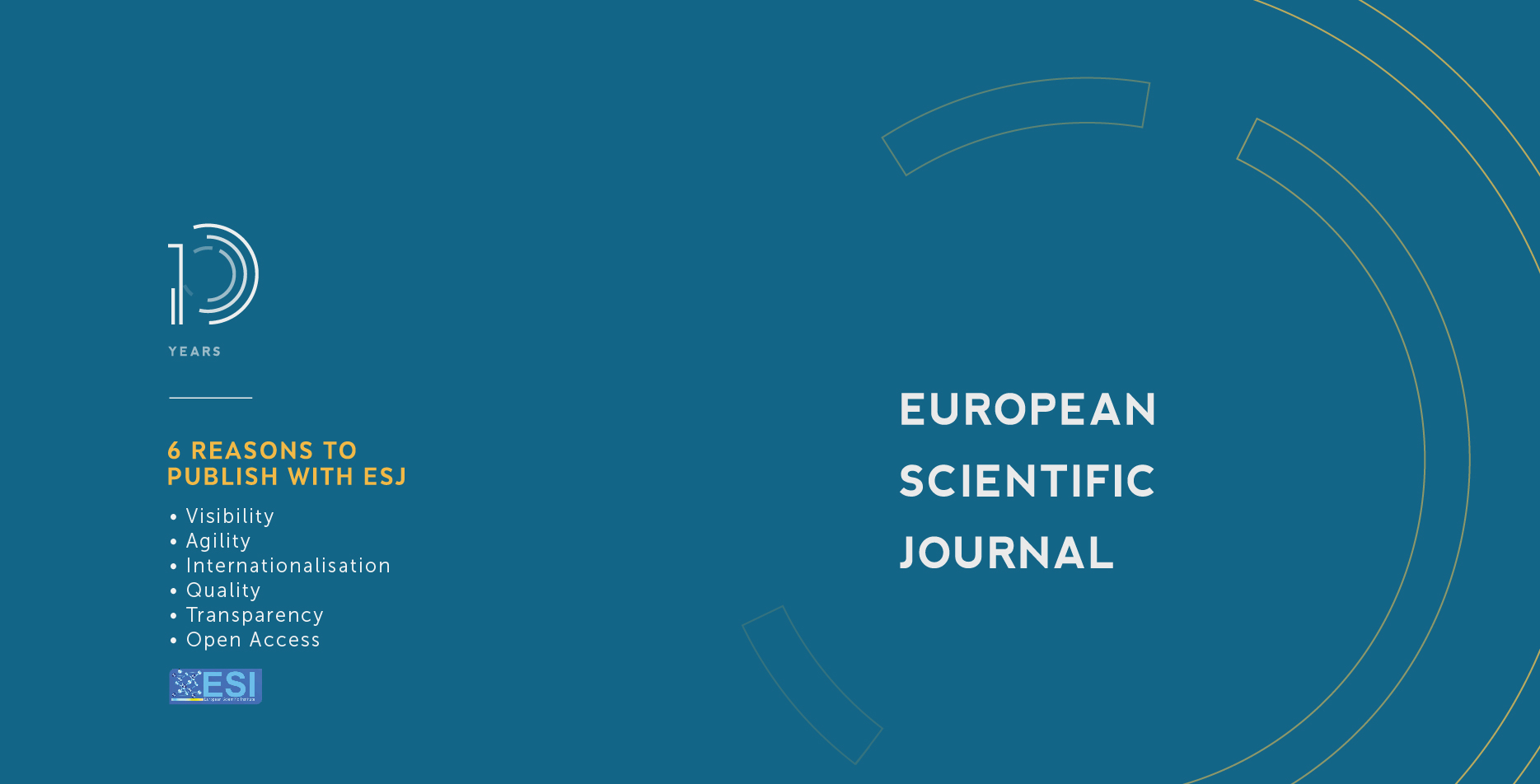Comparative Analysis Of The Mapping Of The Vulnerability To Pollution Of Fissured Aquifers In Agboville Department By Drastic And SI Methods (South-East Of Côte d'Ivoire)
Abstract
The study aims to establish vulnerability maps of groundwater pollution in Agboville department due to anthropogenic pressures, with a view to their sustainable management. The methods used are DRASTIC and SI. They use four common vulnerability parameters (groundwater depth, recharge, aquifer materials and topography) that are intrinsic to the aquifer. To these parameters, the DRASTIC method associates three others (soil type, unsaturated zone and hydraulic conductivity), while the SI method associates a fifth extrinsic parameter (land use). Their thematic mapping, followed by their combination in a GIS, made it possible to draw up the various pollution vulnerability maps using both methods. Each map highlights five classes of vulnerability. The dominant vulnerability classes in terms of surface area occupied are: low (32%) and high (36%) for the DRASTIC method, and medium (42%) and high (26%) for the SI method. The superimposition of the map of spatial distribution of nitrate levels in groundwater with the established vulnerability maps shows that the areas with low levels coincide with the low vulnerability classes, thus allowing their validation. The results of the Kappa test and the surface analysis to examine the vulnerability maps reveal that the Kappa coefficient (K = 0.29) is reliable and gave a fair agreement between the two methods. This agreement is confirmed by the surface analysis (45,25 %). The SI method appears to be the most appropriate for assessing the vulnerability to groundwater pollution in this area.
Downloads
Metrics
PlumX Statistics
Copyright (c) 2020 Gabriel Etienne Ake, Boyossoro Hélène Kouadio, Kouhassy Cyrille Kouadio, Kouassi Dongo, Jean Biemi

This work is licensed under a Creative Commons Attribution-NonCommercial-NoDerivatives 4.0 International License.








